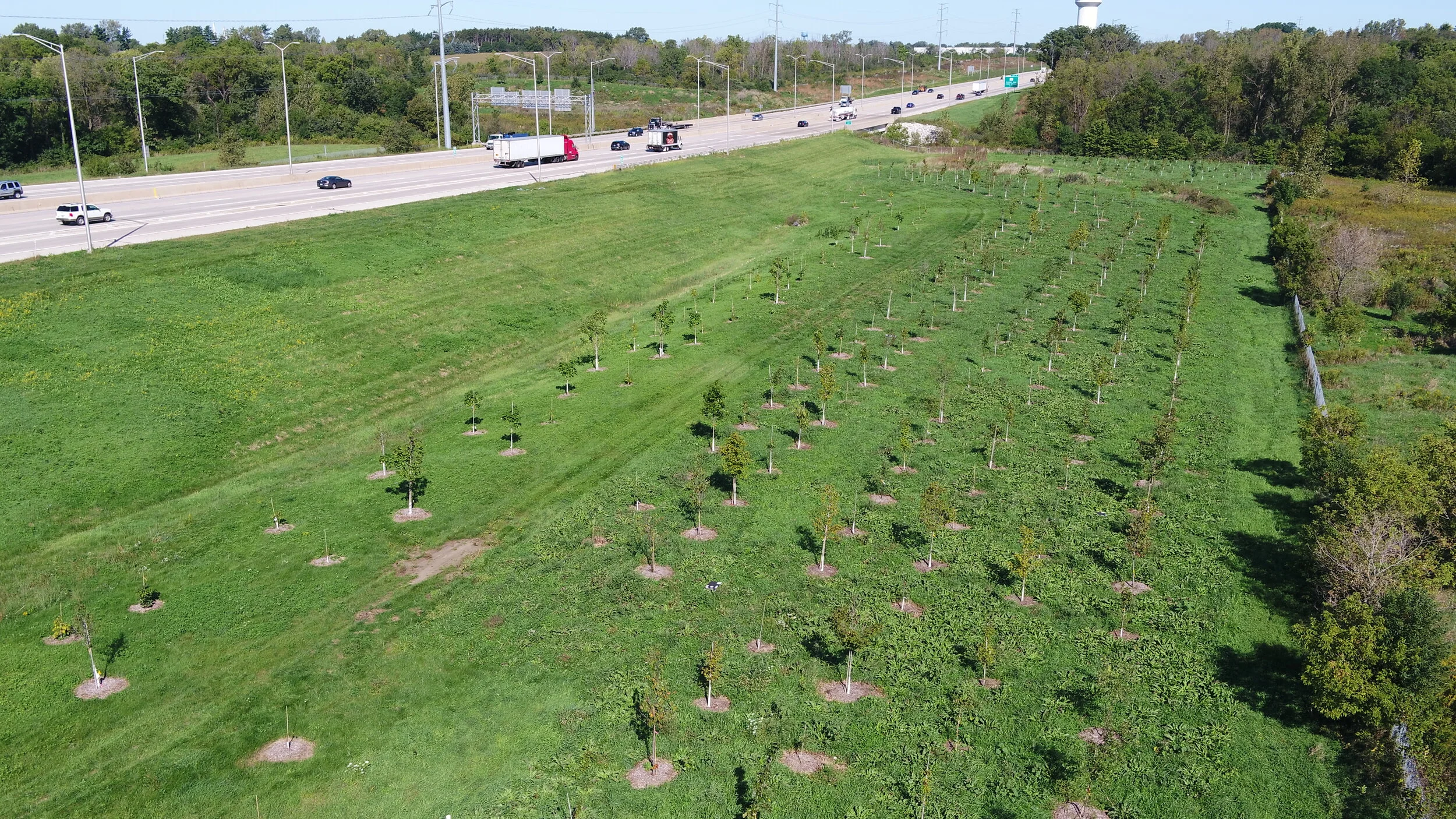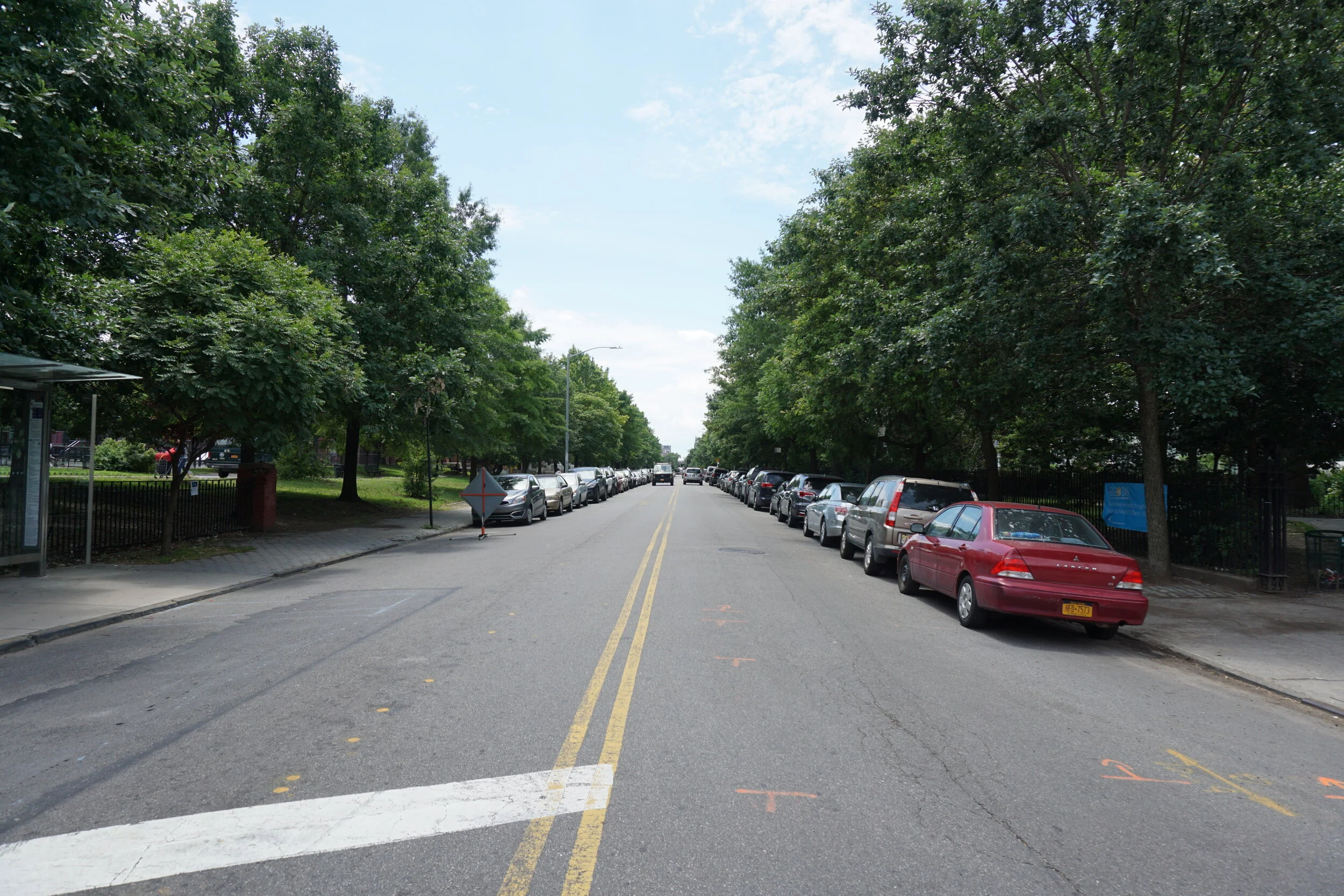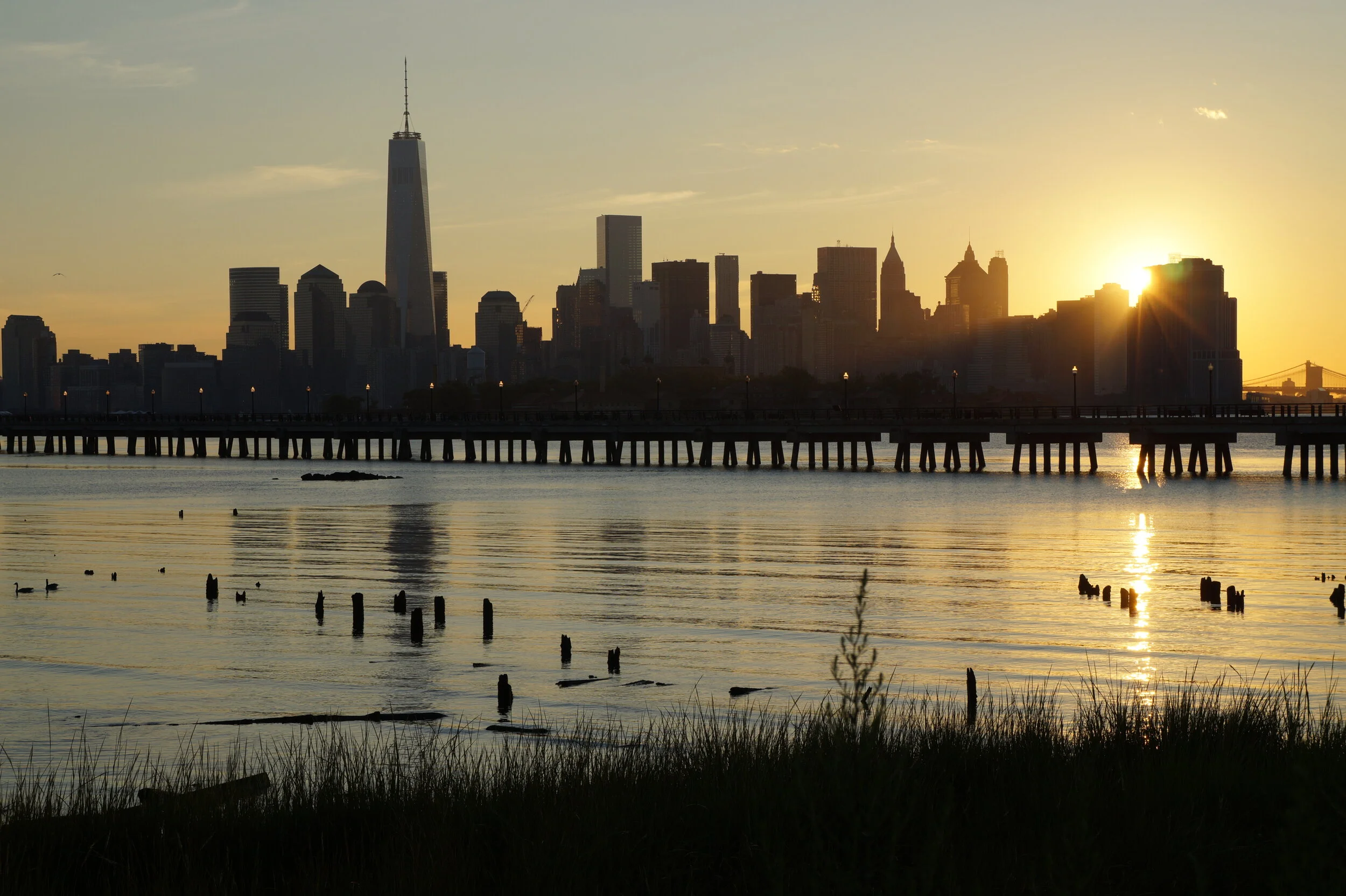We expect trees and other plants to do a lot in our towns and cities – manage stormwater, store carbon, reduce the urban heat island effect, mitigate pollution, and be beautiful. Yet the built environment of our cities and town are notoriously difficult place for many plants to live.
My research draws on many different disciplines to study both how the built environment impacts the growth of trees and how management practices can help trees to survive and thrive where people live, work, and play.
Highway Trees
During construction, the soil next to highways can be fundamentally altered through topsoil removal, compaction, and addition of fill material creating very poor quality soils for tree growth. A collaborative project between The Morton Arboretum and the Illinois Tollway has started several long term studies to examine ways to help trees grow better text to highways in the Midwest.
The project explores the following questions:
How has the diversity of planted highway trees changed in the past 30 years?
How do soil amendment type affect different tree species in a highway setting?
How does stock size choice affect long term tree growth in the Midwest?
Can the use of soil amendments enable the growth of native trees species next to highways which are otherwise sensitive to urban conditions?
Urban Brownfields and Heavy Metal Soils
Urban brownfields are abandoned properties considered derelict from lack of use and can contain polluted soil. However, in spite of pollution and other disturbance, brownfields can support unique and diverse plant communities, though we have much to learn about how brownfield conditions and heavy metal contamination can impact the novel ecosystems that develop on them.
Focused on Liberty State Park in Jersey City, New Jersey, my brownfield research has examined:
How have soil heavy metal concentrations have changed over time under the site’s early successional forest?
How do photosynthesis rates vary along a gradient of heavy metal concentrations?
How does the site’s tree canopy vary with heavy metal concentration and change over time?
How do soil conditions affect plant community composition?
Structural Soils
Structural soils were created to increase the available soil volume under pavement for tree roots. Since trees are long lived organism, long term studies are needed to understand the long term impacts of structural soil systems on tree growth. Since 2013, I have assisted in the collection and analysis of data at a long term study on structural soil and sidewalk trees that started in 1997 in Brooklyn, New York. In this study we compare two oak species growing either in a structural soil sidewalk installation or in open lawn areas across the street. We’ll continue to collect data at least until 2027.
Urban Biodiversity
Maintaining biodiversity is critical for sustaining life on earth. Cities and other urban areas have the potential to both harm and help biodiversity so it is necessary to better understand the urban drivers that affect different aspects of biodiversity. I collaborate with the Patterns and Traits Working Group of the Urban Biodiversity Coordination Network (UrBioNet , funded by the National Science Foundation) to use large global collections of urban biodiversity data to study how cities impact taxonomic and functional trait diversity for many different taxa.



